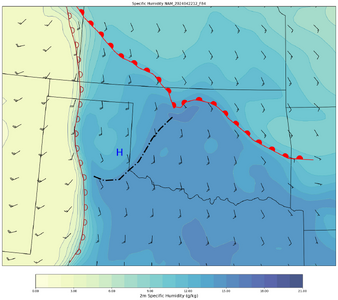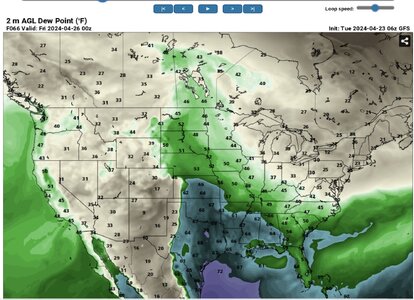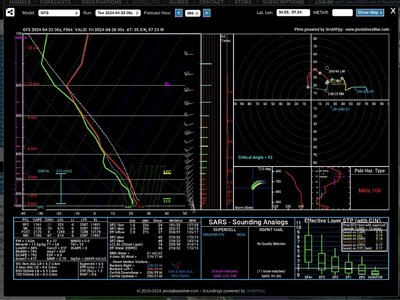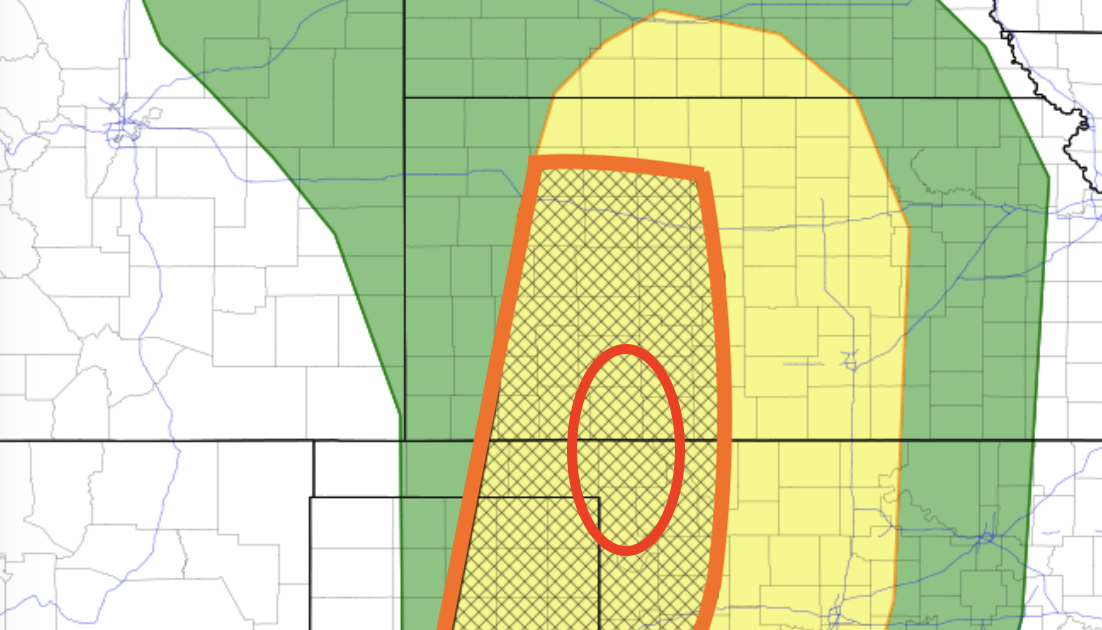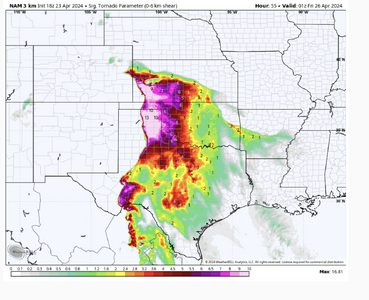Dan Robinson
EF5
A favorable juxtaposition of the left exit region of a southwesterly jet streak over modest instability on Thursday afternoon/evening in association with an ejecting shortwave trough over the southern/central Plains has been indicated by the Euro, GFS and GEFS ensembles over the past few days. This is shown to be the first in a daily series of several such shear/instability overlaps in the Plains and Midwest, any and all of which appear to have significant severe storm potential.
Moisture quality will again be a potential major failure mode for a more robust tornado threat, with the deeper moisture shown well east of the dryline. While details have yet to be resolved, the past few runs of the aforementioned models have favored the Kansas dryline for the most reliable place for convection where shear is favorable for tornadoes, but again, a just-in-time moisture situation is shown. As we've seen many times, whether this concern will be enough to bring the setup's chase quality into question likely won't be resolved until the day before.
Moisture quality will again be a potential major failure mode for a more robust tornado threat, with the deeper moisture shown well east of the dryline. While details have yet to be resolved, the past few runs of the aforementioned models have favored the Kansas dryline for the most reliable place for convection where shear is favorable for tornadoes, but again, a just-in-time moisture situation is shown. As we've seen many times, whether this concern will be enough to bring the setup's chase quality into question likely won't be resolved until the day before.

